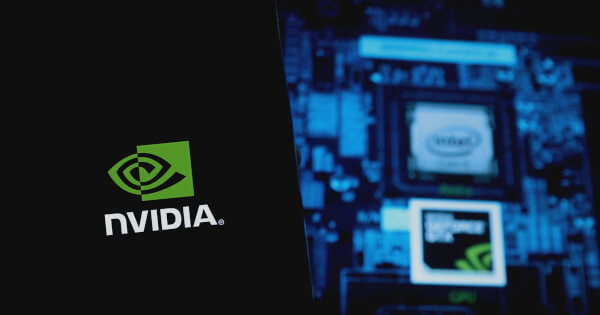Luisa Crawford Oct 29, 2025 14:24
NVIDIA introduces CodonFM, an advanced RNA foundation model designed to enhance digital biology research by analyzing RNA sequences, predicting mutation effects, and optimizing mRNA design.
NVIDIA has unveiled CodonFM, a groundbreaking RNA foundation model aimed at revolutionizing digital biology research. As part of the Clara open model family, CodonFM is poised to transform how RNA sequences are analyzed and utilized in various biological tasks, according to NVIDIA.
CodonFM: A New Paradigm in RNA Analysis
CodonFM distinguishes itself by interpreting RNA sequences in their natural syntax, akin to reading words in a sentence. This innovative approach allows the model to comprehend the complex grammar of genetic codes, offering insights into codon usage bias across different organisms. Unlike traditional protein language models, CodonFM accounts for synonymous variants, enhancing its ability to predict properties like mRNA stability and translation efficiency.
Built on a BERT-style bidirectional encoder architecture, CodonFM processes a large context window of up to 6,138 ribonucleotides. It was trained on a massive dataset comprising 131 million protein-coding sequences sourced from 22,000 species, enabling it to capture long-range sequence patterns refined over evolutionary timescales.
Applications and Impact
CodonFM is designed for a wide range of applications, from predicting the effects of genetic mutations to optimizing mRNA sequences for therapeutic uses. Its predictive capabilities extend to challenging scenarios like interpreting synonymous mutations, which often evade other models. CodonFM’s ability to detect subtle shifts in codon usage positions it as a leader in predicting pathogenic versus benign variants.
In mRNA therapeutic design, CodonFM provides a robust framework for sequence optimization, crucial for gene replacement and protein restoration therapies. Its predictive accuracy in protein abundance and translation efficiency benchmarks underscores its potential to enhance therapeutic outcomes.
Technical Advancements
CodonFM’s architecture supports various fine-tuning strategies, allowing researchers to customize the model for specific tasks. Options include Low-Rank Adaptation for reduced training costs and full model fine-tuning for comprehensive parameter adjustments. The model’s scalability is further enhanced by NVIDIA’s GPU-native acceleration technologies, ensuring efficient data processing and model training.
This initiative aligns with NVIDIA’s broader Virtual Cell project, aiming to develop AI systems that not only understand but can also shape biological processes. By providing open access to CodonFM, NVIDIA encourages collaboration with institutions like Arc Institute and Therna Biosciences, fostering advancements in biological intelligence.
Looking Ahead
CodonFM represents a significant step forward in programmable biology, offering a new language for interpreting and redesigning RNA sequences. As researchers explore its capabilities, CodonFM is expected to drive innovations in digital biology, enhancing our understanding and manipulation of genetic information.
Image source: Shutterstock Source





